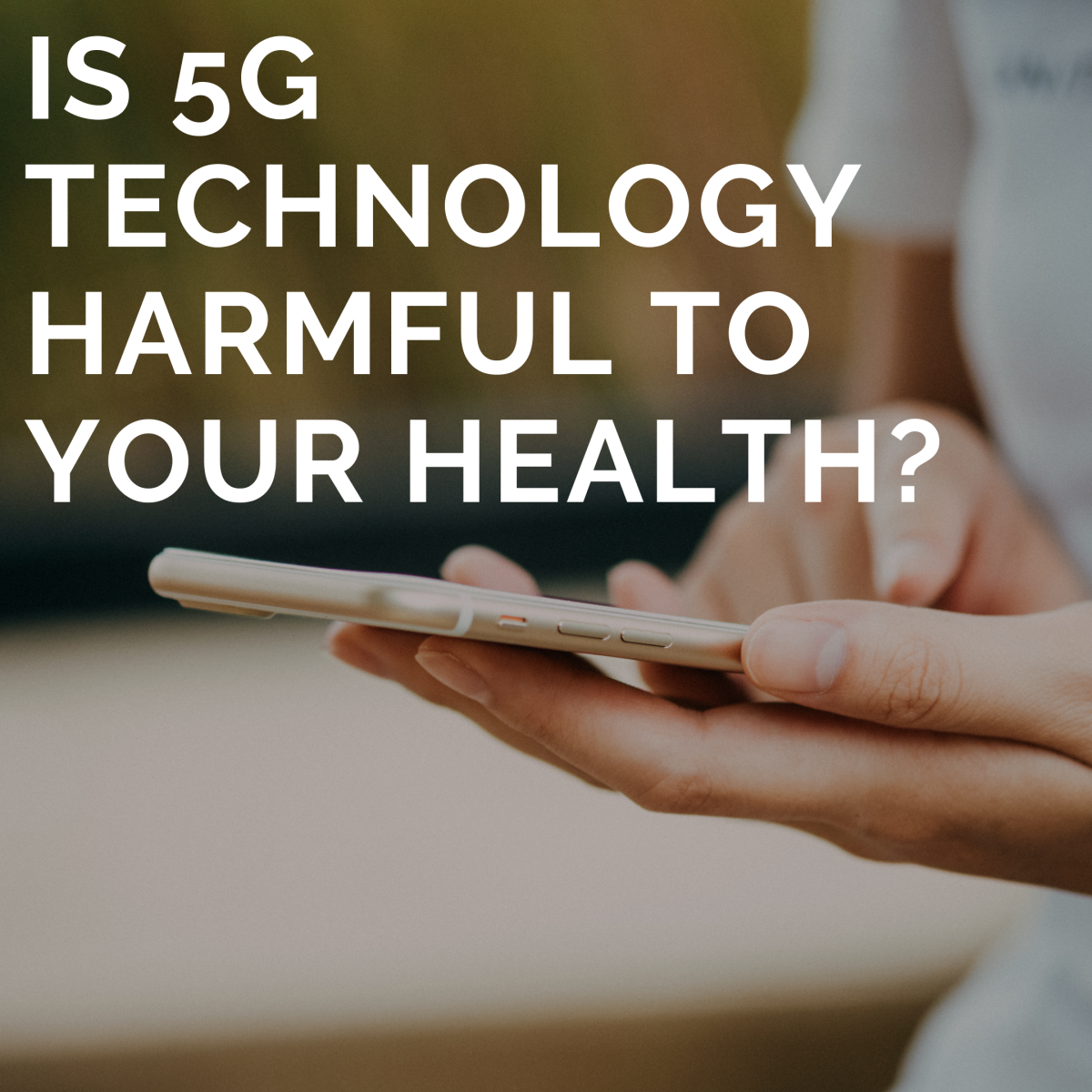Inforrmation on 5G Health and fitness Concerns

There are numerous health issues associated with 5G wireless technology. While some of these are acute, like hypersensitivity and electronic sensitivity, others can be long-lasting, such as cancer and skin damage. Below is a list of some of the health issues linked to 5G. And remember, being healthy is your primary concern.
Exposure to radiofrequency radiation
Radiofrequency radiation (RF) is a significant problem due to its potential to harm the health of humans. There are however significant limitations in epidemiological studies. One of the most significant issues is that RF exposures can be difficult to determine. As a result, most studies rely on job-exposure matrices, or self-reporting techniques, which could be inaccurate and result in misclassification. Other problems include a lack of a standardized exposure assessment as well as an inability to control for the possibility of confounding factors.
One way to avoid these dangers is to restrict the amount of exposure. The International Commission on Non-Ionizing Radiation Protection (ICNIRP) has issued guidelines for the limits of exposure for RF fields that exceed six gigahertz. These guidelines aim to ensure that RF exposure doesn't harm the health of humans.
Eyes are irradiated
The rapid expansion of speedy 5G networks could result in a myriad of health concerns. The new networks will have speedy internet connections and can be utilized in mobile devices, networks, and service providers. Researchers at Swinburne University in Australia have studied the effects of 5G electromagnetic waves on the human tissue and their findings have been the basis for discussion about the potential hazards. The team, which is led by Professor Andrew Wood, is part of the multi-institutional Australian Centre for Electromagnetic Bioeffects Research. It is also contributing to the research of the International Commission on Non-Ionizing Radiation Protection (ICNIRP).
However, the consequences of 5G on humans remain a mystery. It is necessary to conduct more research to identify the specific dangers to health that come with this latest technology. There are no conclusive studies that link 5G to COVID-19 which is the virus responsible for SARS. The virus does not appear to cause an outbreak of coronavirus, or cause people to be more susceptible to virus-related infections.
5g is it dangerous get irradiated
The irradiation of sweat ducts by 5G is caused by radiofrequency waves which has been associated with health risks. 5G is founded in the sub-THz frequency spectrum that is shorter than the wavelengths of current 3G, 2G, and 4G wireless networks. The frequency band is believed to have specific absorption rates. The high-frequency waves are concentrated in the sweat ducts which results in higher SAR than expected. The impact on human health is hard to evaluate since the test methods used in industry standard systems are not sophisticated enough to measure the effects on sweat glands. So, the biological implications of this frequency range need to be taken into consideration in the development of 5G.
Although 5G wireless systems for communication remain amid a heated debate Recent research has found that RF-EMF exposures may cause damage. This type of exposure has been linked to cancer and infertility. Other studies have also suggested that 5G exposures may be linked to additional health hazards.
Animals with cancer
When we start to deploy rapid 5G networks, it's important to be aware of the potential risks to our health that this technology can pose. There are a variety of health concerns surrounding the deployment of the technology and this has prompted a significant controversy in a number of nations. Professor Andrew Wood's team from Swinburne University has been studying the impact of 5G radiofrequency energy in human tissue and their findings have been used to establish the foundation for discussions about safety regulation. This team also is part of the inter-institutional Australian Centre for Electromagnetic Bioeffects Research, which is actively participating in the International Commission on Non-Ionizing Radiation Protection's (ICNIRP) efforts.
5g is it dangerous has yielded mixed conclusions. Although some researchers have cited studies that show mobile phone radiofrequency radiation can cause the development of cancer among humans, others have suggested a link between the devices and hearing issues in humans. Researchers have also discovered that there is a connection with gliomas caused by 5G in animals. These tumors can be located in the heart, brain or ear and interfere with the functions of the nervous system and heart. They may also impact your balance as well as hearing. They are also a risk, and removing them can be risky.
Pandemic conspiracy
An Belgian doctor has identified the spread of coronavirus virus to 5G cell towers. The conspiracy-minded took advantage of the doctor's comments to promote the anti-5G campaign. While the Belgian newspaper removed the article on its site, the article was posted on social media sites which included YouTube and Facebook, by celebrities with a large following.

However, there isn't any proof to back this theory. There are other issues however. Certain people have been calling for the destruction of mobile towers, and have threatened their lives. In the UK threats to telecom engineers have risen. Some of these threats have resulted in vandalism of mobile phone towers as well as other infrastructure. In the first week of April the UK witnessed thirty cases of vandalism aimed at wireless devices. A fire attack within the Netherlands was also reported to be linked to the phrase "Fuck 5G."
While many experts in public health have disproved the 5G-related pandemic theory, it has become a popular belief. It has even had real-world effects in the form of incidents involving 5G towers were reported in Europe in both Europe and Latin America. Although the CDC is claiming that 5G technology is safe to use, there are still concerns about the possible health effects of the technology.
